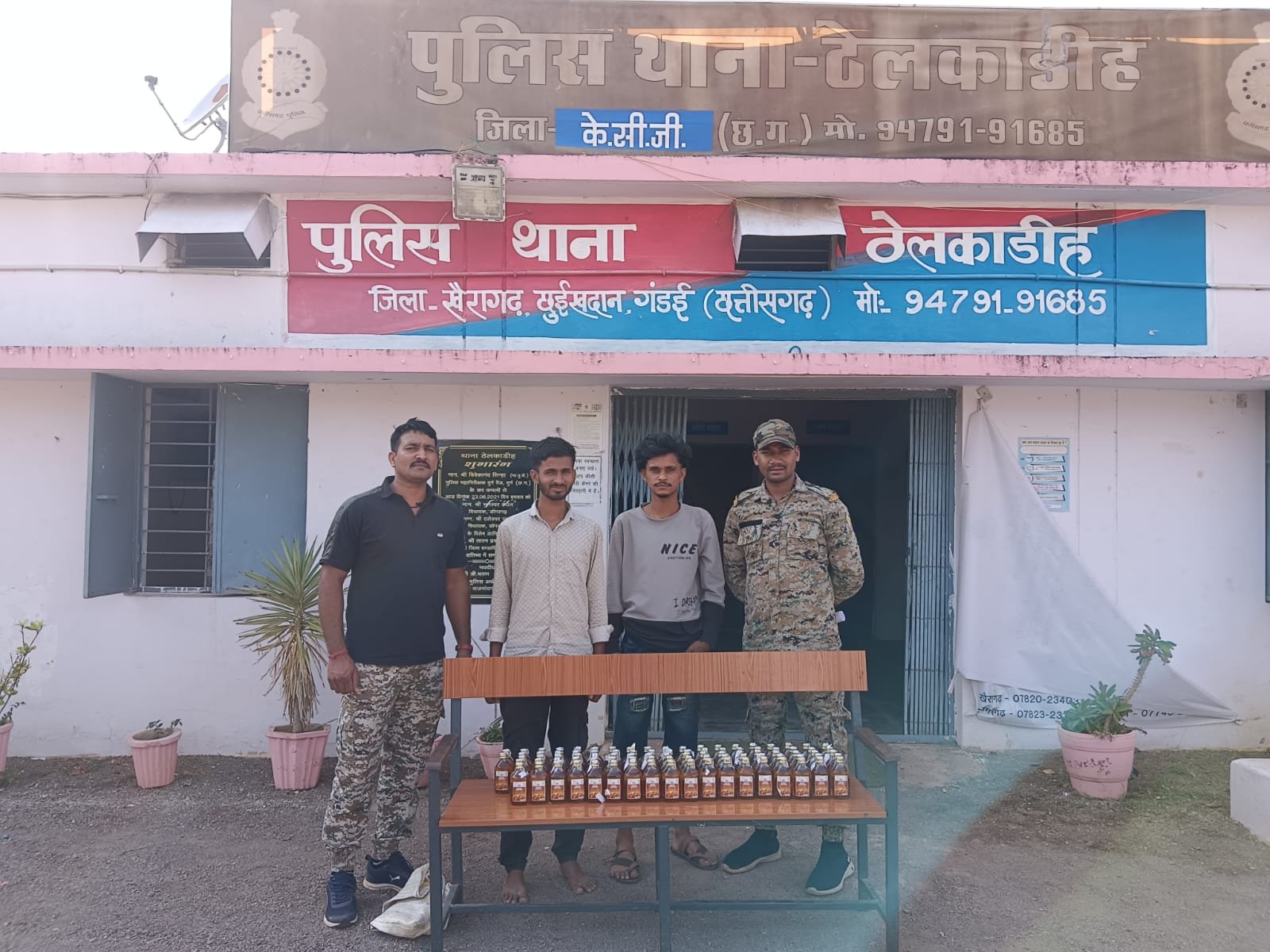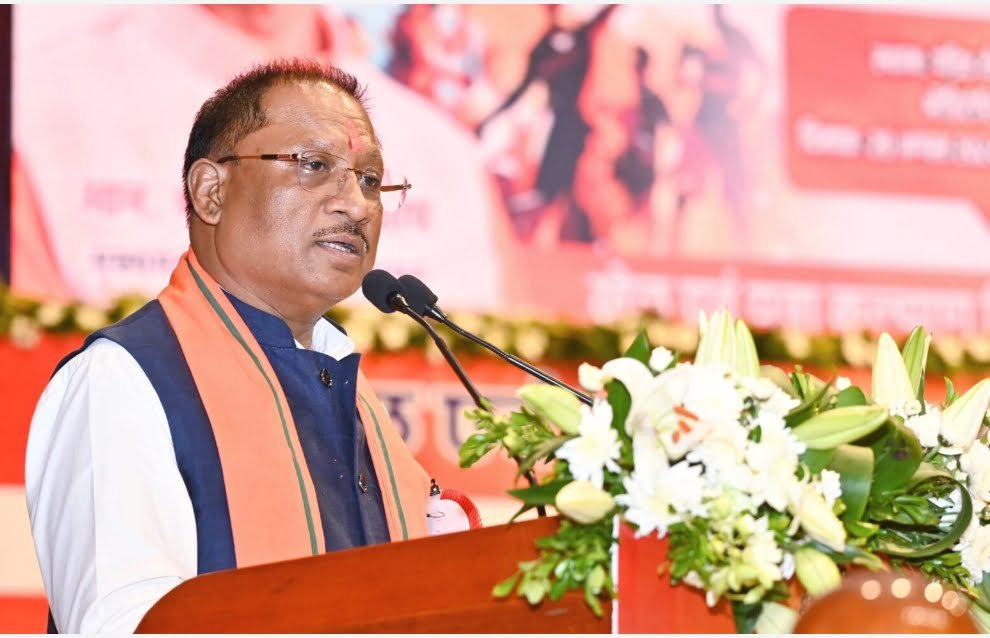Building upon the foundational insights from How Speed Modes Influence Rewards in Aviamasters, it becomes essential to explore the psychological mechanisms that drive player engagement. Understanding these deeper motivators enables developers and players alike to appreciate the nuanced interplay between game mechanics, emotional responses, and long-term persistence. This article delves into the cognitive and emotional factors that underpin motivation in Aviamasters, especially in the context of various speed modes and their influence on reward perception.
1. Understanding Player Motivation in Aviamasters: Beyond Rewards
a. The psychological drivers behind engaging with game mechanics
At its core, player motivation is rooted in psychological drivers such as the desire for competence, autonomy, and relatedness, as described by Self-Determination Theory (Deci & Ryan, 1985). In Aviamasters, mechanics like speed modes serve as stimuli that can enhance or diminish these drivers. For instance, faster speeds can evoke a sense of mastery and control, fueling intrinsic motivation when players feel competent. Conversely, when speed adjustments lead to frustration or overwhelm, they can undermine engagement.
b. Intrinsic vs. extrinsic motivation: How they interplay in Aviamasters
Players are driven by both intrinsic motivations—such as the enjoyment of mastering flight dynamics—and extrinsic factors like rewards and rankings. The challenge is to balance these elements; overly extrinsic rewards may diminish intrinsic interest, a phenomenon known as the “overjustification effect” (Lepper & Green, 1971). For example, if speed modes are primarily used to chase high scores, players might become motivated by the external validation rather than the internal satisfaction of skill development.
c. The role of challenge and mastery in fostering sustained interest
According to Csikszentmihalyi’s concept of flow (1990), optimal engagement occurs when players face challenges that match their skill levels, leading to feelings of mastery. In Aviamasters, adjustable speed modes can modulate this balance—slower speeds allow for learning, while faster speeds test and reinforce mastery. Properly calibrated challenges foster sustained interest by providing a sense of progression and competence.
2. The Impact of Speed Modes on Player Psychology
a. Perceived control and competence during different speed modes
Speed modes directly influence players’ perceived control. When players can select a speed that suits their skill level, they experience a higher sense of autonomy and competence. Research indicates that perceived control enhances motivation by reducing anxiety and increasing engagement (Ryan & Deci, 2000). For example, selecting a moderate speed during challenging segments can foster a feeling of mastery, encouraging continued play.
b. How speed variations influence emotional states and frustration levels
Rapid speed changes can evoke a spectrum of emotional responses. Accelerated speeds may induce excitement and adrenaline, but if too abrupt or frequent, they can trigger frustration or stress. Conversely, slower speeds afford players time to process actions, reducing negative emotions. Emotional regulation is vital; maintaining a balance helps sustain motivation and prevents burnout.
c. The relationship between speed-induced stress and motivation to improve
While moderate stress can enhance motivation through heightened arousal (Yerkes-Dodson Law, 1908), excessive speed-induced stress hampers performance and diminishes intrinsic motivation. Players motivated to improve often seek optimal levels of challenge—too easy leads to boredom, too hard causes frustration. Properly designed speed modes help calibrate this challenge, fostering motivation to refine skills.
3. Reward Perception and Its Psychological Foundations
a. How players interpret and value rewards in different speed contexts
Rewards are more than just points or virtual items; they serve as feedback signals that confirm skill and effort. In fast-paced modes, players may value immediate, tangible rewards more, reinforcing a sense of accomplishment. In slower modes, rewards may be perceived as more meaningful due to the associated mastery and learning process. The context of speed influences reward salience, affecting motivation.
b. The influence of reward timing and frequency on motivation
Frequent and timely rewards, such as instant feedback during high-speed play, can boost dopamine release, reinforcing engagement (Schultz, 1998). Conversely, delayed rewards may foster patience and anticipation but risk reducing immediate engagement if overused. Balancing reward timing with speed modes ensures sustained motivation across different play sessions.
c. The concept of flow and its connection to reward satisfaction
Flow arises when players are fully immersed in activity, experiencing a balance between challenge and skill. Achieving flow in Aviamasters, especially during optimal speed settings, results in intrinsic reward—the sense of being “in the zone” (Csikszentmihalyi, 1990). Creating game conditions that facilitate flow enhances overall satisfaction and encourages long-term engagement.
4. Behavioral Responses to Speed Mode Variations
a. How players adapt strategies based on speed settings
Players often modify their tactics depending on the speed mode. For example, in faster modes, players may prioritize quick reflexes and riskier maneuvers, whereas slower modes allow for precise planning. This adaptive behavior demonstrates flexibility and a desire to optimize performance, which can deepen engagement by encouraging strategic thinking.
b. The effect of speed-induced urgency on decision-making processes
Increased urgency during high-speed play accelerates decision-making, often leading to impulsive choices. While this can heighten excitement, it may also cause errors and frustration. Understanding this dynamic allows developers to design speed modes that challenge players without overwhelming them, fostering a healthy sense of challenge and achievement.
c. Patterns of engagement: binge playing versus sustained interest
Intense bursts of play, or binge sessions, often occur when speed modes provide immediate gratification and adrenaline rushes. However, to promote sustained interest, it’s crucial to incorporate elements that encourage regular, moderate engagement—such as incremental challenges and meaningful rewards—preventing burnout and fostering long-term motivation.
5. Social and Competitive Dynamics in Speed Mode Engagement
a. Motivation driven by competitive ranking and speed-based leaderboards
Leaderboards leverage social comparison—players are motivated to improve their standing through faster speeds and higher scores. This competitive aspect taps into social validation needs, boosting motivation via external recognition. However, excessive emphasis on rankings can sometimes undermine intrinsic motivation if players feel constant pressure.
b. Social validation and its psychological impact
Recognition from peers, whether through shared scores or community events, enhances players’ self-esteem and belongingness. Positive social feedback reinforces engagement and encourages perseverance, especially when aligned with players’ intrinsic goals.
c. Community influences on player persistence and motivation
Active communities foster a sense of shared purpose and collective progress. Community-driven challenges and speed competitions create social bonds, which are powerful motivators for ongoing participation, especially when players identify with the group’s identity or goals.
6. Designing for Motivation: Insights for Developers
a. How to leverage speed modes to enhance intrinsic motivation
Implementing adjustable speed settings that align with skill levels can foster autonomy and competence. For example, offering personalized speed adjustments based on player performance encourages mastery and allows for self-directed improvement, key drivers of intrinsic motivation.
b. Balancing reward systems to sustain long-term engagement
Reward schedules should combine immediate feedback with long-term goals, such as unlocking new speed modes or customization options. Variable ratio reinforcement, where rewards are unpredictable but tied to performance, can sustain curiosity and persistence.
c. Incorporating psychological principles into game updates and features
Features like adaptive difficulty, personalized challenges, and social leaderboards can be designed based on motivation research. Such features maintain optimal challenge levels and foster a sense of community, both critical for sustained engagement.
7. Transitioning from Reward Mechanics to Broader Motivation Strategies
a. Connecting reward structures with emotional and psychological engagement
Rewards should serve as emotional milestones, reinforcing feelings of achievement and competence. Using narrative elements and personalized feedback deepens emotional bonds, transforming mere mechanics into meaningful experiences.
b. Recognizing individual differences in motivation responses
Not all players respond equally to speed modes or rewards. Incorporating customizable features and varied challenge levels respects these differences, fostering self-determination and autonomous motivation.
c. Strategies to foster self-determination and autonomous motivation
Encouraging players to set personal goals, providing meaningful choices, and recognizing effort promote internal motivation. These strategies align with Deci & Ryan’s framework, ensuring long-term engagement beyond external rewards.
8. Revisiting Speed Modes: The Psychological Bridge to Rewards
a. How understanding motivation deepens the design of speed modes
By recognizing the psychological needs behind player actions, developers can tailor speed modes to optimize motivation. For instance, offering adaptive speed options that respond to player performance helps maintain challenge-skill balance, fostering flow.
b. Integrating psychological insights to optimize reward delivery
Reward timing, type, and context should align with players’ motivational states. For example, immediate rewards during high-speed play reinforce effort, while cumulative rewards encourage long-term persistence.
c. The synergy between speed, motivation, and reward satisfaction in Aviamasters
“Optimal game design harmonizes speed, challenge, and reward, creating a compelling psychological experience that keeps players engaged and motivated.”
In conclusion, a nuanced understanding of the psychological underpinnings of motivation—especially in the context of speed modes—can significantly enhance player experience in Aviamasters. By aligning game mechanics with intrinsic and extrinsic motivators, developers can craft engaging, satisfying, and sustainable gameplay journeys that resonate deeply with players’ psychological needs.




